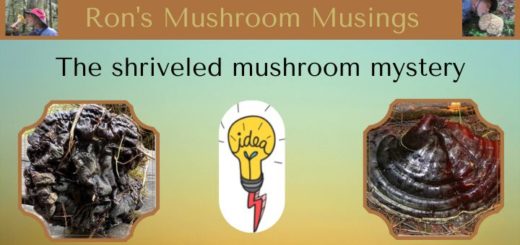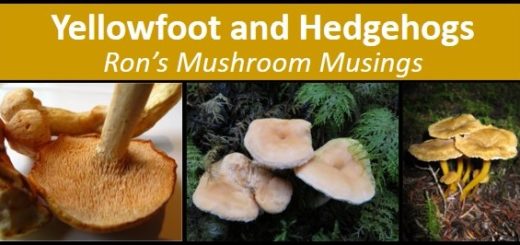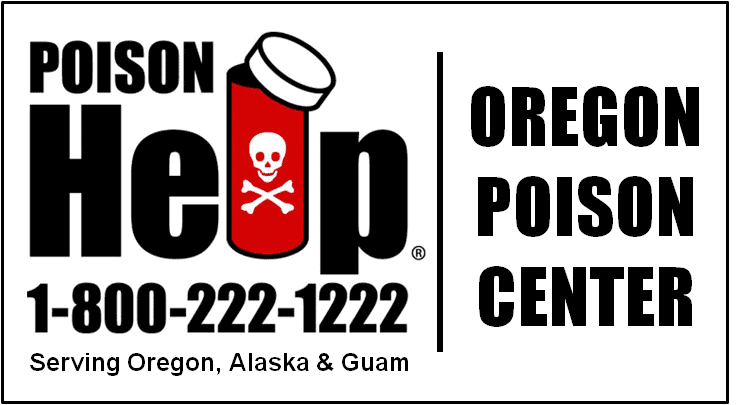To eat or not to eat, that is the question
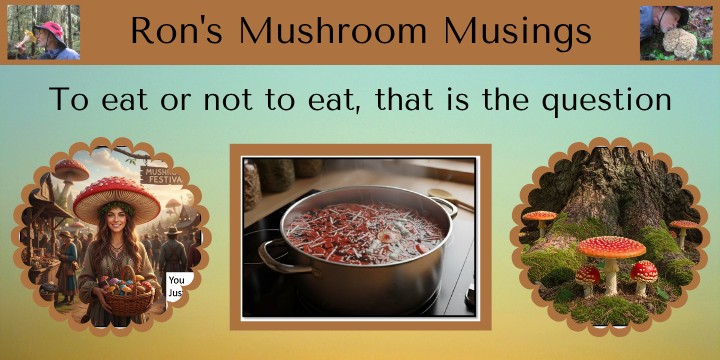
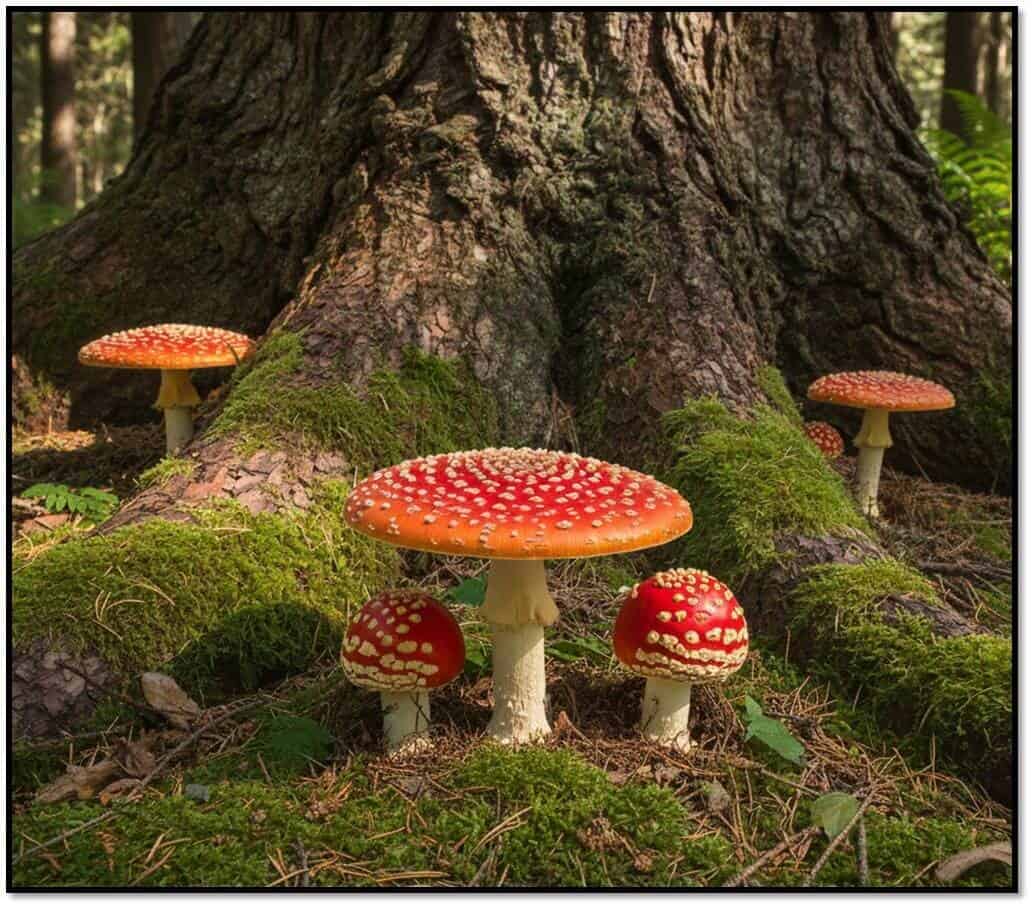
On the 6th of October, Sandy and I decided to try our luck finding some Amanita muscaria mushrooms around the Florence area. The highly recognizable Amanita muscaria is a mycorrhizal fungus that partners with a wide variety of tree species and can be found fruiting just about anywhere. Commonly known as the fly agaric or fly amanita, it is the most photographed and possibly the most talked about and recognized mushroom in the world. We’ve found this iconic mushroom in just about every hiking location we’ve frequented, including Eugene’s Willamette River Trail system. Even in our own Santa Clara neighborhood, we’ve found it fruiting at the base of horse chestnut trees (Aesculus hippocastanum). Although the chestnut looking fruit this tree produces are not only inedible but quite poisonous, A. muscaria doesn’t seem to care. What we cared about was the toxicity and psychoactive properties this mushroom is known to have.

The primary compounds responsible for A. muscaria’s psychoactive effects are ibotenic acid and primarily its derivative muscimol. These two compounds are also known to be toxic. It also contains an additional poisonous compound called muscarine. According to Wikipedia, “A. muscaria fruitbodies contain a variable dose of muscarine, usually around 0.0003% of total fresh weight. This is very low, and toxicity symptoms occur very rarely.” While that may be true, please key in on Wikipedia’s use of “very rarely” as with any mushroom, there are no absolutes. In addition, the more prevalent compounds of ibotenic acid and muscimol can result in nausea, vomiting, dizziness, confusion, euphoria, visual and auditory distortions, a floating sensation, muscle twitching, flushing, increased blood pressure, sleep disturbances, fatigue, headaches, and possibly coma and seizures at high doses; just to mention a few. Despite all these possible doom and gloom side effects, Sandy and I have debated for quite a few years over the idea of trying or not trying to eat this mushroom. As Clint Eastwood’s character Harry Callahan famously said in the 1971 movie Dirty Harry, “Do you feel lucky, punk?”
As someone who tends to carefully examine the pros and cons of such consequential decisions, I accessed the internet for advice. NO, I didn’t ask some chatbot or other AI algorithm for advice, I stuck with those who have experienced eating A. muscaria and those who have thoroughly researched this topic. The question was not whether this mushroom is psychotropic or poisonous; it was whether the much discussed water boiling method actually removes the chemicals that might negatively affect the person who eats it. According to Wikipedia, “The active constituents of A. muscaria are water-soluble; boiling and then discarding the cooking water at least partly detoxifies it. Drying may increase potency, as the process facilitates the conversion of ibotenic acid to the more potent muscimol. According to some sources, once detoxified the mushroom becomes edible.” If you’re looking for an alternate yet quite unusual method of detoxifying A. muscaria, the YouTube video by Mushroom Wonderland mentions the use of reindeer to get the job done. It also describes the connection between A. muscaria and Christmas traditions. Just keep in mind that I do not endorse this method nor would I consider using it, mostly because I do not own any reindeer.
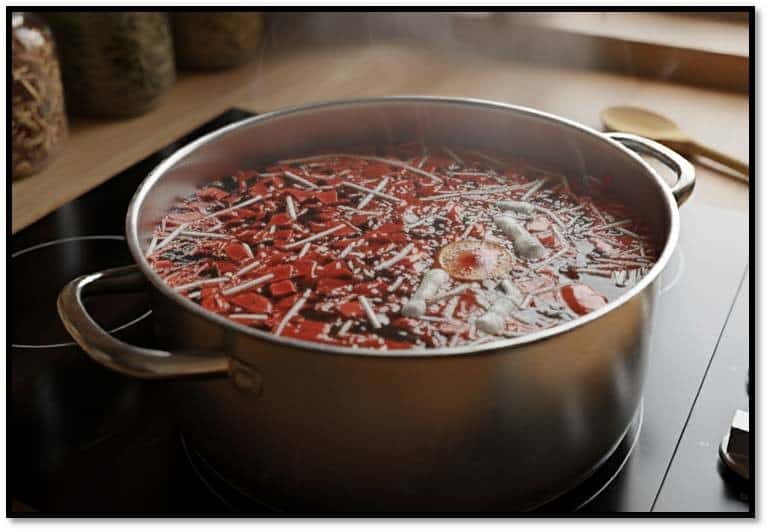
I have found quite a few variations on the boiling technique used to “mostly” detoxify A. muscaria. They all involve bringing a large pot of water to a boil and then adding your chopped mushroom pieces to the boiling water. Use about 6 quarts of water for every 1lb of fresh mushrooms. The most conservative technique boils them for 15 minutes, empties the water, and repeats the process a second time. It does caution that the boiling process is not guaranteed to remove all psychoactive compounds, and some ibotenic acid can convert to the more potent muscimol during heating.
While most methods describe using thinly chopped mushrooms, some use less boiling time. If you want to get knee deep into this edibility debate, you can read the very sciencey document by William Rubel and David Arora, published in 2008, titled A Study of Cultural Bias in Field Guide Determinations of Mushroom Edibility Using the Iconic Mushroom, Amanita muscaria, as an Example. And as I have found, you can spend a very long time reading everyone’s opinion on this legendary mushroom, its history, folklore, and what you can do with it.

Not to muddy the waters, but you should know that the name I’ve been using, Amanita muscaria, may not be the species of mushroom you might find in the Pacific Northwest. DNA (Dreaded Nomenclature Alteration) has once again determined that while the mushroom might very well be the non-native A. muscaria or more specifically A. muscaria variant muscaria, it could also be A. muscaria subspecies flavivolvata. If you access the second Wikipedia hyperlink I referenced, it also describes a yellow and orange subspecies of A. muscaria. Just to be more confusing, there is also a white form known as A. muscaria subspecies alba. I am also very certain that more variants and/or subspecies are just around the corner.
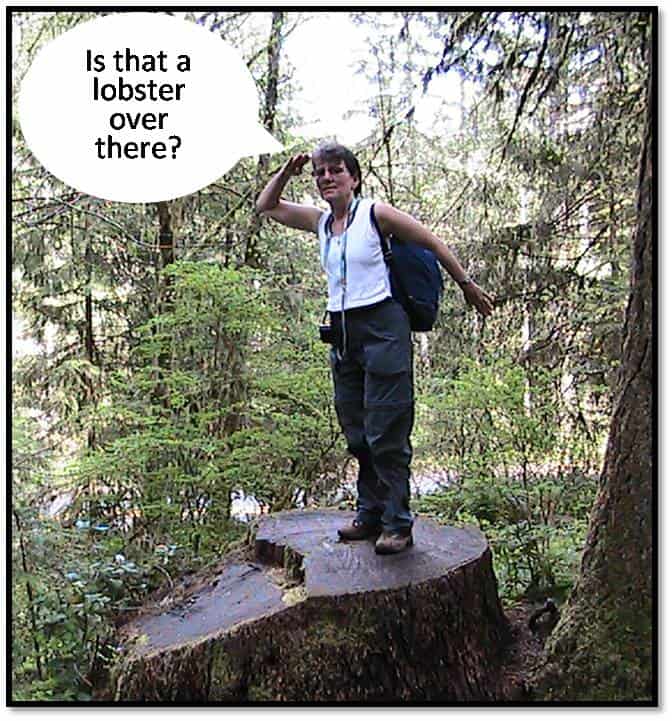
Finally, it is important to note that neither Sandy nor I advocate for experimenting with A. muscaria or any of its subspecies or variants. Mushrooms described as toxic or poisonous should be taken quite seriously. Oregon is well known for its abundance of safe species to consume without the need for any rigorous detoxification process. As to our decision to eat or not eat whatever red-capped mushroom with universal veil remnants on its cap might actually be called, the answer is……
This video featuring Noah Siegel provides more information and his perspective on edibility. Whatever you decide, enjoy our marvelous woods and trails and most importantly stick with whatever tried and true mushroom species you like to find and eat.
Happy mushrooming and stay safe in the woods, Ron

